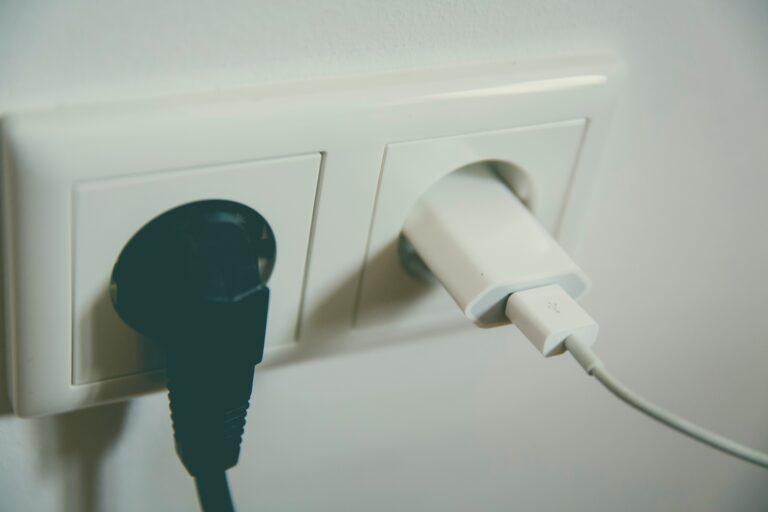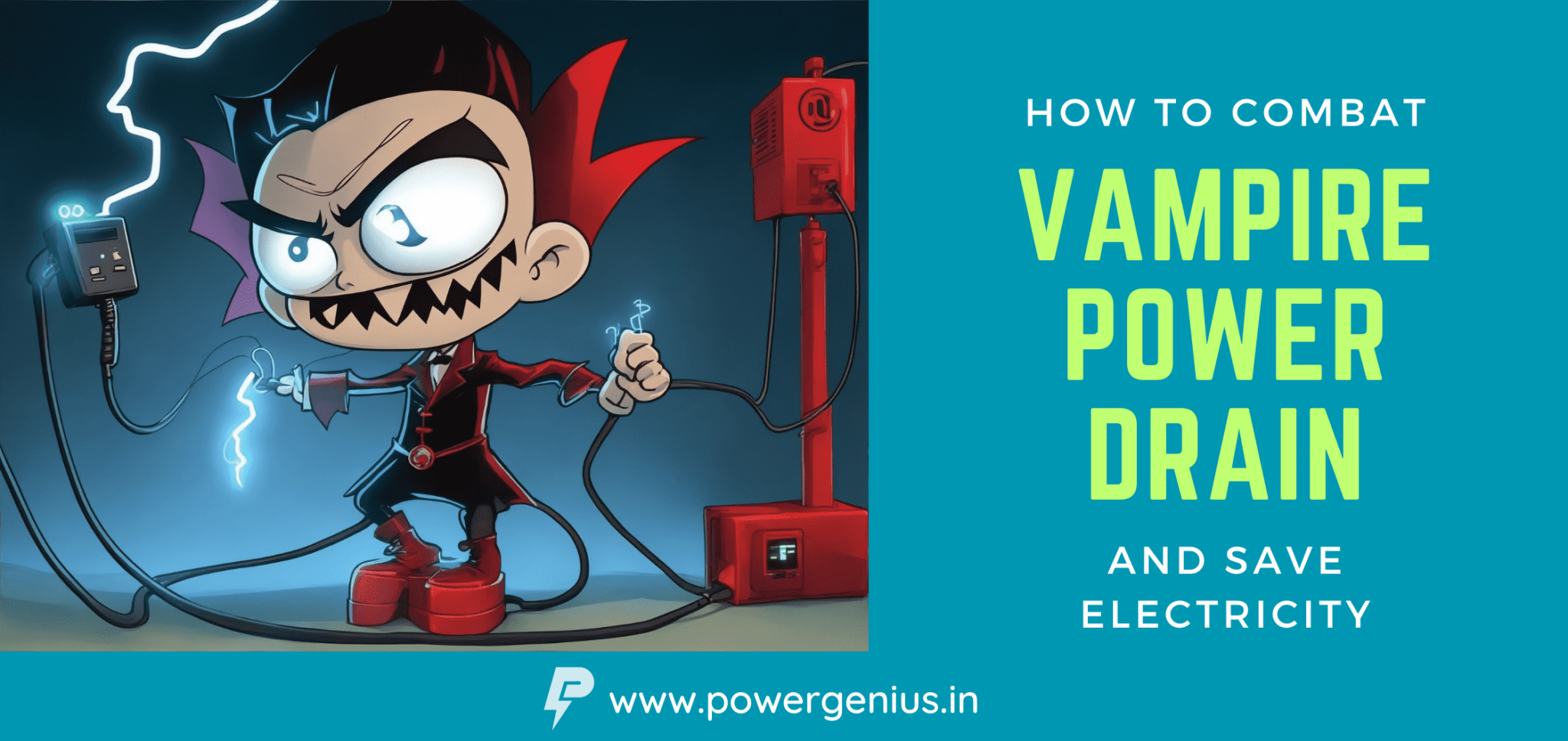As communities around the world struggle with increasing energy waste, it’s crucial for individuals like us to join hands in addressing these emerging challenges. One salient factor contributing tremendously towards energy loss is vampire power or standby power – a silent culprit that goes unnoticed at times. In this informative article, we hope to shed some light on what is vampire energy while delving into its potential impact on the environment as well as our wallets, along with the practical solutions for detection and remediation of it where possible.
Understanding Vampire Power
Vampire Power or Standby Power (sometimes referred as Phantom Load) is the energy that electronic devices consume when they are turned off or in standby mode. This includes devices such as TVs, computers, microwaves, chargers, DVD Players, etc. It drains power silently from your system without being detected, just like a vampire.

Other Names of Vampire Power
Here is a list of other known names for vampire power:
- Standby Power
- Phantom Load
- Leaking Electricity
- Idle Power
- Idle Load
- Vampire Draw
These terms are often used interchangeably to refer to the electricity consumed by devices and appliances when they are in standby or idle mode. By recognizing these various names, you can better understand the concept and take steps to combat vampire power in your daily life.
Devices That Waste Vampire Power
Some of the biggest culprits of vampire power are television, cable boxes, gaming consoles, desktop computers, laptop and cellphone chargers, DVD players, etc. However, almost all electronics that operate through remote control or have a standby mode can waste energy.
The Real Cost of Vampire Power
According to the International Energy Agency (IEA), standby power consumption in households can range from 5% to 10% of total residential electricity use globally. It means that around 5% to 10% of the electricity in your household is getting wasted as standby power. But when accounted on annual calculation, it is a significant amount of electricity that you are paying for without even actively using it.
Environmental Impact
Standby power or vampire power, has a significant environmental impact, contributing to unnecessary energy consumption and carbon emissions. So it is crucial for us to understand the consequences of standby power and promote energy conservation to reduce it.
- Increased Carbon Emissions: Standby power consumes electricity even when devices are not actively in use. This continuous power draw leads to increased carbon emissions from power plants, contributing to climate change and environmental degradation.
- Depletion of Natural Resources: The excessive energy consumption caused by standby power puts additional strain on our natural resources. Power generation relies heavily on fossil fuels, such as coal and natural gas, which are finite resources with their own environmental consequences.
- Wasted Energy: Standby power represents a wasteful use of energy. Considering the number of devices in households worldwide, the cumulative energy wasted in standby mode is substantial. This unnecessary energy consumption could be redirected towards more sustainable sources or used to meet other vital energy needs.
- Opportunity for Energy Conservation: Addressing standby power provides an opportunity for significant energy conservation. By minimizing or eliminating standby power consumption, we can reduce our carbon footprint, conserve natural resources, and contribute to a cleaner and healthier environment.
Drawbacks of Vampire Power
Vampire power can have negative effects on the lifespan and performance of devices, such as shortening battery life in smartphones and laptops.
Leaving devices plugged in can also lead to hazards, such as overheating and electrical fires.
How to Detect Vampire Power
There are a few ways to detect vampire power in your home. One method is to use a smart plugs that measures the energy consumption of individual devices and identifies those that consume power even when not in use.

Another way to detect vampire power is to unplug all devices and measure your home’s overall power consumption. Gradually plug devices back in one at a time and measure the change in energy consumption to determine which devices waste the most energy.
Techniques to Reduce Vampire Power
One common technique for reducing vampire power is to unplug electronics when they are not in use. This may not be practical for every device, but it can have a significant impact on power consumption.
Disabling screen savers in your computers can reduce power consumption when not in use.
Replacing your old energy vampire appliances with the latest Energy Star Rated appliances that are designed specifically with low standby power consumption and save electricity overall.
Final Words
In conclusion, understanding and addressing the issue of vampire power is crucial for promoting energy efficiency and reducing unnecessary electricity consumption. By unveiling the hidden energy costs associated with standby power, we can take proactive steps to combat this silent energy drain in our homes and offices.
Through simple practices like unplugging devices when not in use, using smart power strips, and adopting energy-efficient appliances, we can make a significant impact in reducing our carbon footprint and saving on energy bills.
Together, let’s take action to eliminate vampire power from our lives. For more detailed information and practical tips on energy conservation, be sure to check out our other blog posts. Stay tuned and join us in the fight against wasted energy!
Follow us on Instagram and Twitter for more informative content daily.


1 thought on “How Vampire Power is Slowly Killing the Planet (And What You Can Do About It)”